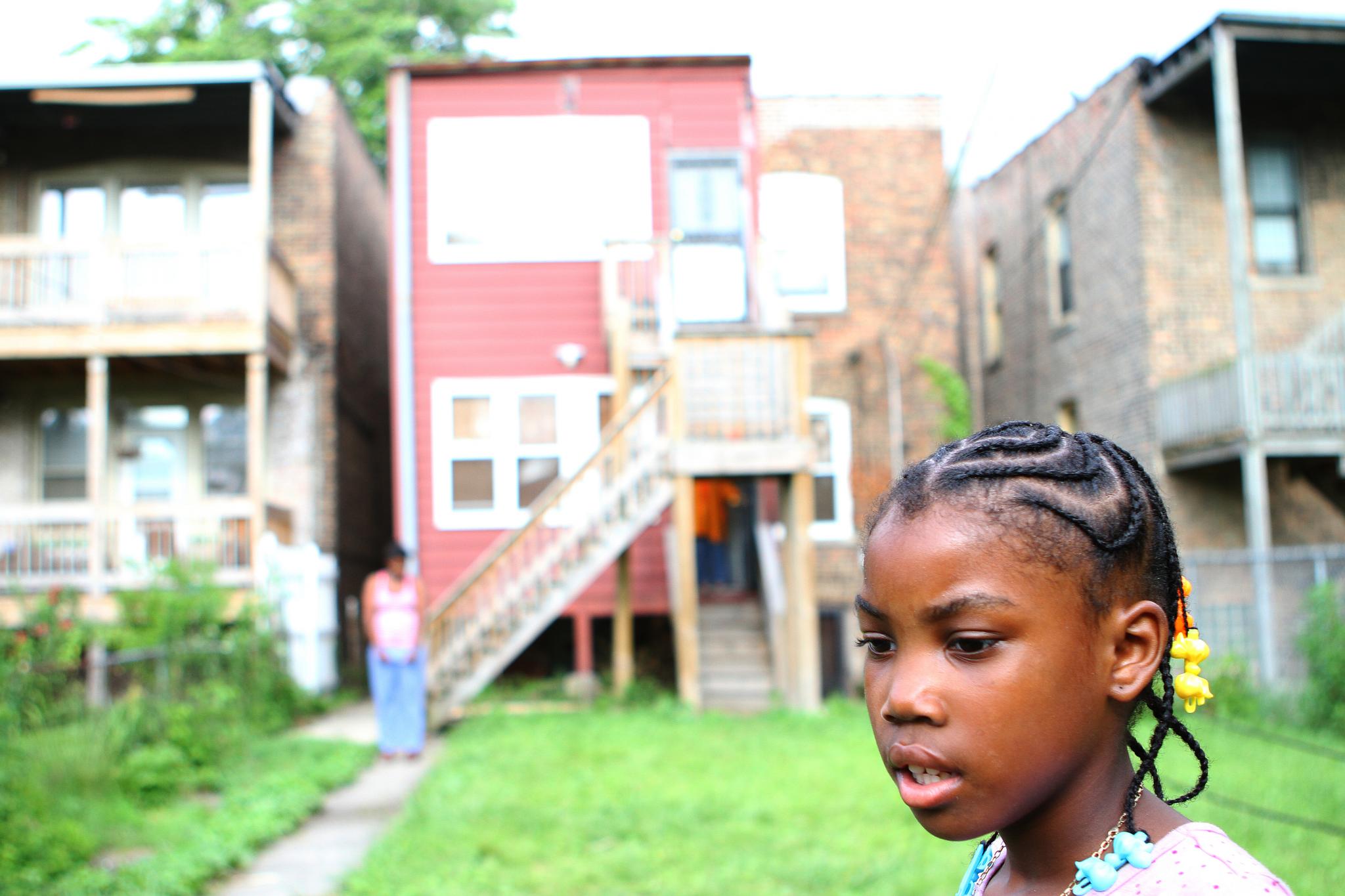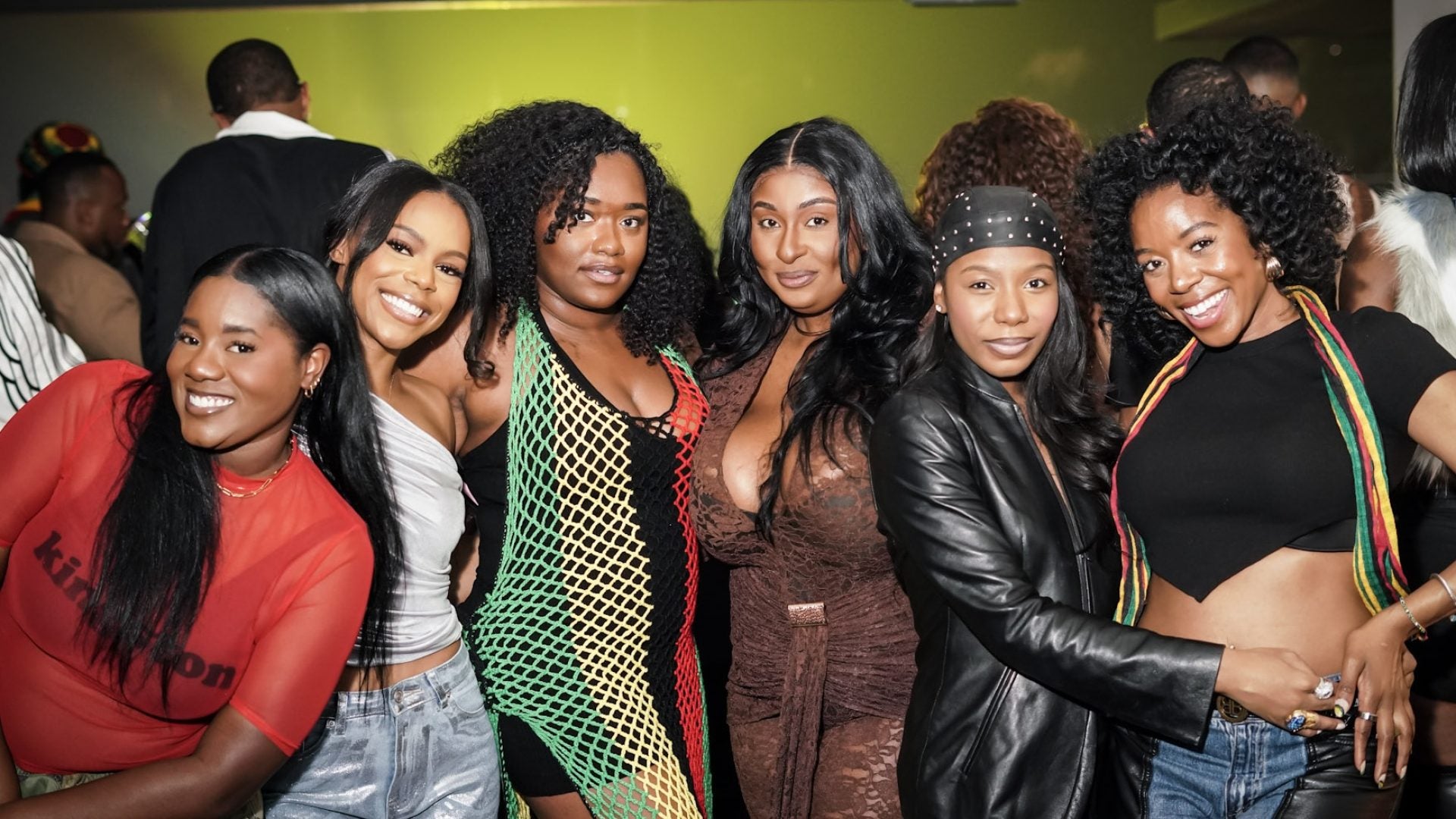
The following is an excerpt from Laura Gottesdiener’s new book, A Dream Foreclosed: Black America and the Fight for a Place to Call Home (Zuccoti Park Press). The book is getting great reviews, including Pulitzer Prize-winning author, Alice Walker calling it “a wonderful book because at last [Gottesdiener] has made the horror of the banking machinations behind home foreclosures more transparent than anything else I’ve read.”
Her mother was here! Jajuanna rushed to greet Martha, who had come to visit her oldest daughter. It was June 17, 2011, and Jajuanna had just graduated middle school. She’d been living with her father since the threat of intervention by the Department of Children and Social Services forced Martha to split the kids up. But today, her mother was here—and she came with a surprise.
“We got a home,” Jajuanna remembers Martha telling her.
The information didn’t immediately register.
“What? We got a home?” Jajuanna asked. Since their eviction two years earlier, Jajuanna and the rest of the family had been sleeping on and off in big white minivan.
“Yeah, we got a home,” Martha repeated in her typical straightforward manner. “You want to come see it?”
There was, indeed, a house: a 101-year-old two-family home built with red bricks. It had a front porch, a backyard, and a pretty second-floor balcony supported by pillars and ringed by a short wrought-iron railing. It looked like a lot of the neighboring houses on South Prairie Avenue about a block from where Interstate 90 cuts diagonally through the South Side of Chicago. Inside, the house was clean and simple, with newly polished hardwood floors and freshly painted caramel-colored walls.
The house hadn’t always looked this way. When Martha first visited it, the day after Patricia Hill handed her the keys, it was a typical vacant house in the neighborhood. Deutsche Bank claimed to own it and had foreclosed on the owner, Patricia’s daughter Stacy, in 2009. The bank, however, failed to assume ownership because its own law firm reported that the foreclosure documents had been altered or fabricated. In the spring of 2011, while Martha was sleeping in a car, the court halted Hill’s foreclosure proceeding, as well as nearly two thousand others. As the house sat vacant, strippers tore out the toilet, the copper wiring, the pipes, the radiator, the ceiling fans and almost everything in the kitchen, including some cabinet doors. When Martha first entered, there were holes in the walls and trash on the floor. Still, it hadn’t been taken over by a gang; it hadn’t been set on fire; and it hadn’t been flooded. It was salvageable. Martha parked her white minivan in front of the house and began to work.
But what was more astonishing than the house was the scene in the front yard. As Jajuanna watched, people carrying signs and reporters shouldering heavy news cameras descended on the front lawn. Channel 2 arrived, and Channel 7, and Fox, and even a reporter from the New York Times. The grass was covered in posters reading RECLAIMED BY THE COMMUNITY and STOP FORECLOSURE! Members of the Chicago Anti-Eviction Campaign arrived clad in the group’s black T-shirts. Reporters set up a podium of microphones.
The Biggs family had lived in plenty of foreclosed houses over the last decade. But this was something different. This was not just a house. It was a stage.
The crowd began shouting, “Fight! Fight! Fight! ’Cause Housing Is a Human Right!” Justice, Jimmya, and Davion took up the chant with their sing-song voices as they played tag on the front porch.
Suddenly, all eyes were on Martha and her children.
“Martha! Martha! Martha!” the crowd chanted as she stepped up to the microphones. After years of silence and invisibility, the Biggs women finally had their audience.
“Hello. My name is Martha Biggs, and I’m from Cabrini Green,” Martha began. She clutched Justice’s head to her waist, and her daughter shyly buried her face in Martha’s side. Jajuanna and Jimmya stood behind their mother’s right shoulder. Jajuanna was almost as tall as Martha, and with her hair swept back and her face set, she looked older than her fifteen years.
“I’ve been there since I was like two years old,” continued Martha. “I was evicted. Homeless. On the street. Nowhere to go. Got a job. Worked hard to support my kids. Was homeless again because the building I moved into was in foreclosure. So therefore me and my family had to take another journey to be homeless again. To sleep in our cars. To go to different units, different family members’ houses. To run around. No place to go.”
The crowd was silent except for the snapping of the reporters’ cameras.
“We came up with a conclusion not to give up. Always fight. Never sit down. Keep it moving. Keep it working. This is what happens when you never sit down. This is what you accomplish— stuff like this here.”
Martha continued.
“It’s for the future of my kids. They ain’t got to worry about where they going to sleep. Where they going to go to wash up at. Or where their next pair of shoes or socks going to get cleaned at. They ain’t got to worry about that anymore. They ain’t got to worry about any of those things because I never gave up, never stopped trying,” she said.
Then, surrounded by her kids and captured on television, Martha declared the house liberated.
The idea of home liberation is simple. Currently, there are millions of vacant, bank-owned houses across the country dragging down property values, bankrupting cities, fueling crime and creating an almost irreconcilable rupture in the theory of supply and demand.
In well-off suburban areas, these vacant houses are symbols of the United States’ seemingly limitless ability to produce excess. In poorer areas like the South Side of Chicago, they symbolize a darker characteristic of America’s capitalist business culture: the ability to allow those with staggering excess to coexist alongside, and prey upon, those in desperate need.
As the houses sit vacant, there are millions of Americans, like the Biggses, who have nowhere to live and fight through life each day as capitalism’s refugees. Some were evicted from their homes through foreclosure; others didn’t even have the luxury of owning a detached house to begin with. What they share is a desire to survive through conditions so difficult that getting through each day should be celebrated as a triumph of will. But unlike the vacant houses, these people are not symbols; they are our neighbors, friends, family members, and classmates. And they have had enough of living as refugees—or perhaps exiles—in their own country simply because they can’t afford the price of a place to call home.
Martha’s was the first publicized home liberation in Chicago and one of the first in the country since the economic collapse began. Two years later, home liberations are sweeping Chicago, and many people give Martha credit for catalyzing the movement.
“This is about making our own economic system,” explained Thomas Turner, who organizes alongside Martha. He explained the rationale as he showed me around one of the homes he’d renovated. The walls were freshly painted and decorated with intricate stenciling of birds. In the other room, a young couple that Turner was mentoring moved buckets of paint and mop water. The two were barely in their twenties, and neither had a stable home, so Turner was teaching them how to secure and renovate foreclosed houses, with the hope that they’d take one for themselves soon.
“I’m trying to build a system where homeless people have jobs, where we can employ them,” said Turner. “I don’t have all the answers, but I do know that housing is a human right.”
—
LAURA GOTTESDIENER is a journalist, author, and social justice activist living in Brooklyn. Her work has appeared in Playboy, Rolling Stone, Mother Jones, The Nation, Ms. magazine, The Arizona Republic, The Huffington Post and other publications.







